Imminent Danger Requirement
For the defense of others to work as a legal defense, the person you protected must have faced imminent danger. "Imminent" means the threat was about to happen right now — not something that might happen later. If someone is actively attacking another person, the danger is imminent. But if someone just made verbal threats earlier, that's not imminent danger.
The threat must be happening or about to happen immediately. Courts look at whether a reasonable person would believe the danger was right now rather than a future threat. This timing matters—if you use force to stop something you think might happen later, you likely won't be protected under the defense of others.
Reasonable Belief of Harm Standard
Your belief that the person needed protection must be reasonable. This means you truly believed they were in danger (your personal view) and that a typical reasonable person would have thought the same thing (what most people would think).
In People v. Humphrey, California courts ruled that what matters is what you reasonably believed when it happened, even if you turned out to be wrong. For example, if you see what looks like a deadly weapon and defend someone else, your actions might be justified even if it wasn't really a weapon.
Defending Against Deadly vs. Non-Deadly Threats
The force you can legally use depends on the threat level. Against non-deadly threats, you may only use non-deadly force. For deadly threats—those risking death or great bodily harm—you may be justified in using deadly force to defend the other person.
You must match your level of force to the threat. If someone threatens another person with a fist, using a baseball bat or knife would likely be too much force. But if the aggressor uses a weapon that could cause serious bodily harm, using greater force might be justified to protect the person's life.
The Role of Force in Defense of Others
When protecting others, using the right amount of force is key. You can't just hurt someone because they pose some threat to another person. California law requires that you use proportional force, even in emergencies. Knowing these rules can keep you from facing charges for excessive force.
Here are the main rules about force when defending others from harm.
Proportional Force Explained
When defending someone else, you must use force proportional to the threat. This means your response should match the danger level. If someone pushes another person, pushing the aggressor back might be okay, but hitting them with an object would likely be too much.
Courts look at whether your force was right for the situation based on what you knew then. Using more force than needed can lead to assault charges, even if you were trying to help. A criminal defense attorney can explain how your case fits with legal standards for reasonable force.
When Deadly Force is Justified
California Penal Code § 197 explains when deadly force is allowed in defense of others. You can only use deadly force when protecting someone from imminent death or great bodily injury, and when less force wouldn't work.
Court records show many cases where deadly force was justified when the victim faced death or great bodily harm and no other option would stop the attack in time. But even in these cases, the person who used deadly force needed a strong legal defense to prove their actions were necessary.
Limits on Protecting Others
There are important limits on your right to defend others. You can't claim the defense of others if you're protecting someone who started the fight or was committing a crime. For example, you can't legally defend someone who attacked another person first and is now losing the fight.
You also must stop using force once the threat ends, such as when an aggressor backs off or can't fight anymore; continuing to use force changes you from defender to aggressor. This difference often decides whether actions count as legal defense or criminal assault with bodily harm.
Criminal Charges You Might Face
 Despite good intentions, defending someone else can lead to serious criminal charges if authorities think you used too much force. These charges range from misdemeanors to felonies, with heavy penalties.
Despite good intentions, defending someone else can lead to serious criminal charges if authorities think you used too much force. These charges range from misdemeanors to felonies, with heavy penalties.
Common charges include assault (PC 240), battery (PC 242), and aggravated assault (PC 245) if weapons were involved. If the aggressor suffered serious injuries, you might face charges with great bodily injury enhancements, adding years to a sentence. In cases where your actions caused death, you could face manslaughter or murder charges.
The court will examine if you had a reasonable belief of danger, if you used proportional force, and if you stopped using force when the threat ended. They'll also check if you have other options besides force. This shows why quick legal help is vital—evidence collected right after the incident can greatly affect your case.
 Can I use self-defense if I am defending someone else? This question often arises after someone steps in to protect another person from harm. At Summit Defense Criminal Attorneys, we help clients who face criminal charges after defending others from attack. As a criminal defense law firm, we fight for those who use reasonable force to protect others from danger.
Can I use self-defense if I am defending someone else? This question often arises after someone steps in to protect another person from harm. At Summit Defense Criminal Attorneys, we help clients who face criminal charges after defending others from attack. As a criminal defense law firm, we fight for those who use reasonable force to protect others from danger.

 The
The  Unlike some states, California doesn't require you to try to run away before defending yourself or others. This affects how courts view cases where someone steps in to protect another person. Understanding these laws is key to building a
Unlike some states, California doesn't require you to try to run away before defending yourself or others. This affects how courts view cases where someone steps in to protect another person. Understanding these laws is key to building a 
 Despite good intentions, defending someone else can lead to serious criminal charges if authorities think you used too much force. These charges range from misdemeanors to felonies, with heavy penalties.
Despite good intentions, defending someone else can lead to serious criminal charges if authorities think you used too much force. These charges range from misdemeanors to felonies, with heavy penalties.